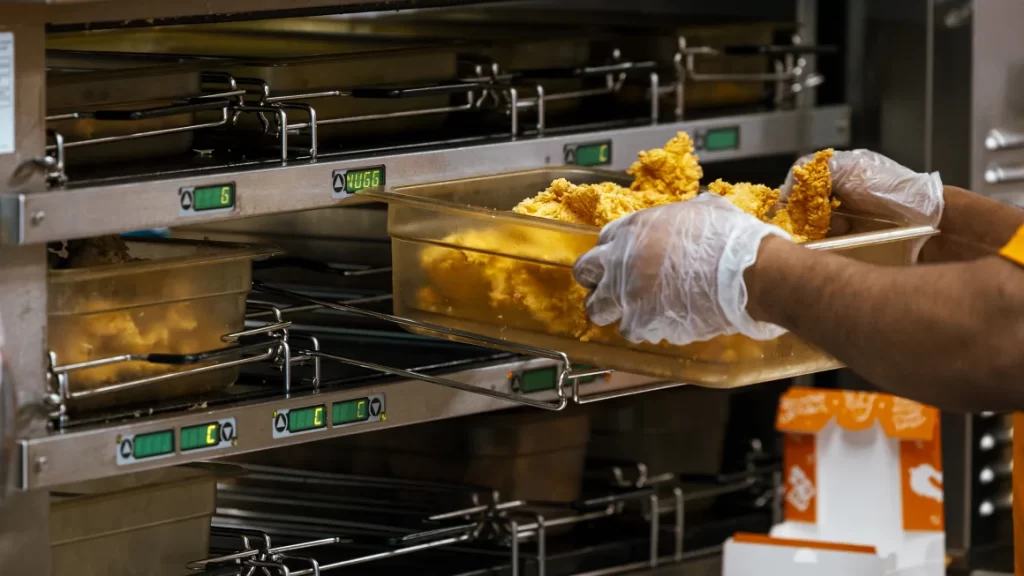Companies have become fonder of part-timers these days.
Demand for full-time workers on jobs site Indeed has been flat from January 2022 to May of this year, according to a recent analysis of millions of job postings, but advertisements for part-time gigs were up about 10% over the same period. Postings for those kinds of jobs took off in 2022 and have remained near those elevated levels ever since. (Full-time is still the most common type of work on Indeed by far, according to the report.)
Hiring activity has shown a similar trend: The level of part-time employment was up 8.9% in May from January 2022, compared to the 1.5% increase of full-time employment during the same period, according to Labor Department data.
The could signal a turning point in the labor market, a key aspect of the economy the Federal Reserve is watching as it mulls the timing of the first interest rate cut, after it jacked up borrowing costs to a 23-year high to combat inflation.
San Francisco Fed President Mary Daly laid out how the job market has changed recently and what could be ahead at an event hosted by the Commonwealth Club World Affairs of California last week.
“So far, the labor market has adjusted slowly, and the unemployment rate has only edged up. But we are getting nearer to a point where that benign outcome could be less likely,” Daly said. “Future labor market slowing could translate into higher unemployment, as firms need to adjust not just vacancies but actual jobs.”
The US job market overall remains robust, but it has cooled some over the past year. The unemployment rate crept up to 4% in May, after remaining below that exceptionally low threshold for more than two years. The number of new applications for unemployment benefits, a proxy for layoffs, has trended up in recent weeks, with continuing claims last week reaching the highest level since November 2021. There were 8.1 million job openings in April, according to the latest government figures, down substantially from the record high of 12.2 million in March 2022.
The Indeed report noted the change could be a sign of employer weakness or employer strength, underscoring the growing uncertainty in the labor market. Are employers losing their appetite for the cost of hiring full-time workers, or are they responding to a workforce eager for the flexibility a part-time schedule could offer?
“Whether out of competitive necessity to attract workers in a still-tight market with the promise of additional flexibility, and/or out of economic necessity as the economy cools and fewer worker hours are needed, the upshot for workers is clear: More part-time roles are available for those that desire or require them,” the report said.
The industries that were most likely to advertise part-time work as of May were beauty and wellness; personal care and home health; retail; food preparation and service; and sports, Indeed said. In May, the biggest increases in job postings offering part-time work from two years earlier were in beauty and wellness (+26.9%); marketing (+10.2%); hospitality and tourism (+9.9%); media and communications (+8.9%); and arts and entertainment (+7.9%).
During the Great Recession from 2007 to 2009, part-time work rose sharply, according to research from the San Francisco Fed. Daniel Culbertson, the economist who authored the Indeed report, said the opposite was true when the economy was in the thick of a stunning recovery after the brief recession in 2020.
“There was this rise in part-time work when the economy and the labor market were doing well coming out of the pandemic,” Culbertson told CNN.
— CutC by cnn.com


